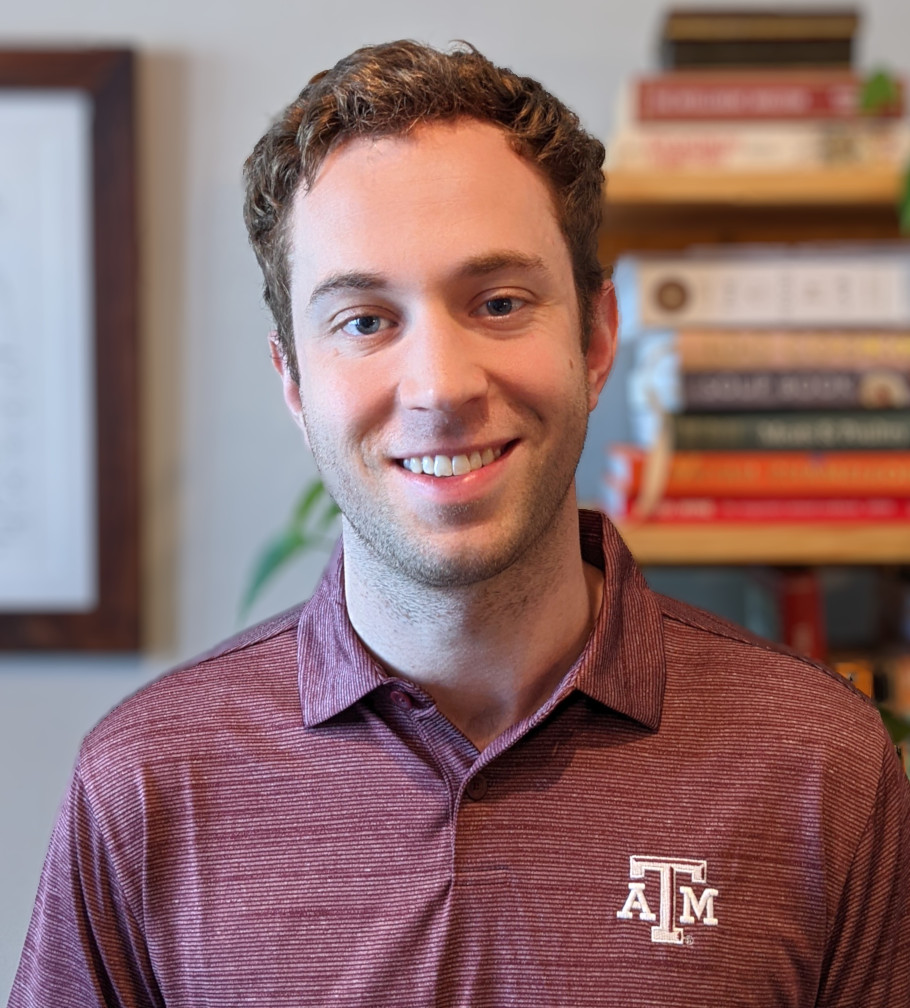The Graduate Interdisciplinary Earth Science Symposia: a year in review, and looking to the future
Below is an article I wrote for our department newsletter about the GIESS symposia. I'm publishing it here because it didn't make the cut for the newsletter in this cycle, and it's kind of a time-sensitive article because it justifies moving forward with GIESS in the current format.
There is a short description of what GIESS is in the third paragraph.
The Graduate Interdisciplinary Earth Science Symposia:
a year in review, and looking to the future
Andrew J. Moodie
Scientists are typically effective written communicators, since professional success in academia is so closely linked with funded grant proposals and published manuscripts. However, oral communication skills are frequently considered subordinate and not consciously developed and practiced by early-career scientists.
In the summer of 2017, a group of EEPS graduate students addressed this training gap and the shortcomings of a weekly departmental seminar series by launching the Graduate Interdisciplinary Earth Science Symposia, or GIESS.
GIESS (pronounced "geese") provides a forum for oral communication skill development while simultaneously encouraging department-wide participation in advancing the presenter’s science. The GIESS committee’s plan was to decrease the burden from weekly to monthly, limiting the seminar to two speakers, and intentionally adding prestige to presenting, thereby increasing the quality of the talks. Furthermore, the plan introduced "pop-up talks", brief presentations allowing no more than two slides for no more than two minutes, as a lower-stakes opportunity to practice oral communication. Finally, lunch would be provided for participants to bolster attendance, and year-end awards would be given to select speakers and participants. Finally, department members were invited to provide feedback through an online survey at the end of the Spring semester to assess the inaugural year of the GIESS. The survey garnered 22 responses, predominantly from graduate students (19 of 22, 86%).

Overwhelmingly, participants agreed that the GIESS was an improvement over the old Friday Seminar format (Figure 1a, 68%), suggesting that the committee’s primary objective to improve the program was achieved. More importantly, the committee met the goal to improve the quality of the talks. A paired t-test determines at above the 99% confidence level that the perceived quality of talks was improved by the GIESS format (Figure 1b, p = 0.0001), based on respondents’ declared average quality of talks in the old seminar format and in the GIESS format on an integer scale from 1–10. The mean score given to talk quality improved from 4.9 to 7.6 between the old format and the GIESS format, respectively. The committee intends to have the presentation format in the GIESS remain largely the same in the 2018–19 year, possibly tweaking the duration of each talk based on respondent feedback.
Pop-up talks were a new addition, so a close look at participant opinions is warranted. Pop-up talks were scheduled between the two main presentations of the meeting, with typically three to five people participating. The addition of a short presentation style was decidedly favored (Figure 1c), with more than 80% of respondents agreeing that pop-ups were a positive addition. However, three respondents (15%) felt strongly that pop-up talks were a bad idea, though none clarified their position in an open-ended response. Therefore, the committee will keep pop-ups as a permanent feature of the GIESS. The committee also surveyed respondents about allotting time for audience questions of pop-up presenters. Seven respondents stated there should be no questions, seven were neutral on the issue, and seven think it would be a good idea; in the 2018–19 year, the committee will explore allowing questions directed at pop-up presenters.
Unsurprisingly, when more than 80% of survey respondents are hand-to-mouth graduate students, offering a free lunch to participants was favored; 20 out of 21 survey respondents agreed that providing lunch was a positive (Figure 1d). Attendance at the GIESS was vastly improved from the old seminar format, however, the number of students and faculty in attendance faltered late into the year. The committee tentatively attributes the increased attendance to lunch, though hopefully participants also came for the programming. In specific lunch-related feedback, one student asked for a "dessert table" next year, and more than one respondent added that they would like to see "platters of Chick-fil-A spicy chicken sandwiches with tangy Polynesian sauce." Noted.
Finally, the GIESS committee would like to recognize the award winners who gave outstanding presentations, creative pop-ups, and engaged throughout the symposia. Best Talk awards for the year go to Brandee Carlson and David Blank, whose research presentations are respectively titled “Tie channels on deltas: A case study from the Huanghe (Yellow River) delta, China” and “Discrete element method as a tool for simulating megathrust earthquakes: insights into stress transfer”. Chenliang Wu and Cailey Condit received the Best Pop-up awards for presentations that were both fun and informative. The Best Participant awards were given to two first-year students Michael Lara and Patrick Phelps, because of their active engagement as participants in all aspects of the GIESS.
I would like to directly thank the committee members who helped make this inaugural year of the GIESS an outstanding success: Laura B. Carter, James Eguchi, Sahand Hajimirza, Harsh Vora, and Daniel Woodworth. Let’s make it even better next year.
